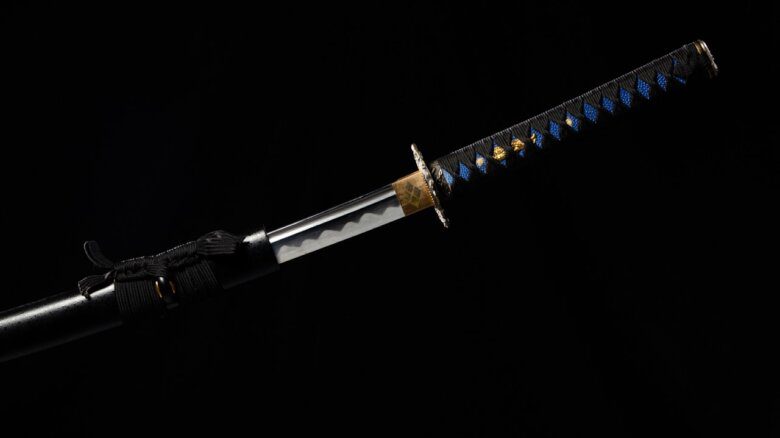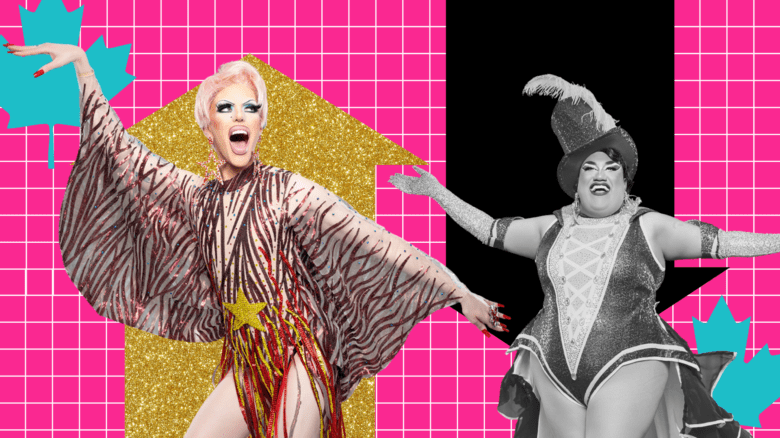An innocent Seattle high school teacher is suspended with pay after an allegation that he is having sex with one of his younger students. Yet faced with the charge, he finds himself imagining the crime in delicious detail; the awakened impulse finally lands him in bed with lithe and willing Dogan, the student in question.
The implication: Innocence is simply guilt unrealized. We are all a hair’s breadth from performing the forbidden video-loops that cycle safely in our (or our accusers’) minds.
Matthew Stadler’s fourth novel is consummately naughty because it is utterly honest – a unique, disturbing, sad, funny, often scintillating exploration of a man’s obsession with boy love.
Here is Stadler’s forthright chicken-hawk on the verge of the novel’s definitive act: “Now, to the delight of many of you and the horror of some, Dogan and I are going to spend the whole night together in the same bed…. We’ll have unskilled, enthusiastic sex, minimal but valued conversation, and a snack…. Those of you who can’t stomach any more of this sort of thing can skip ahead to page 47.” Stadler gives us a choice: Compare your film-loop with mine, or leave the theatre lest you learn too much.
Our teacher has no apparent name until he assumes (with permission) the identity of his arty-lascivious friend Herbert, and heads to Paris to find some long-lost drawings of a naked boy with a horse. The boy is Allan Stein, long-dead nephew of the sapphic Gertrude Stein.
The drawings, reportedly done from life in Picasso’s Paris studio, have an obvious commercial and erotic appeal, tied throughout this story to their value as symbols – of lost youth, sexual objectification, impermanent beauty, hopeless love.
The symbolism sits comfortably in a gracefully shaped narrative that dazzles with specifics of observation and expression. Stadler’s main symbol is also the real thing, a Parisian adolescent named Stephane, who “Herbert” refers to mostly as “the boy.” During his several weeks in Paris, “Herbert” boards with Stephane’s family. He eventually seduces Stephane, who enjoys the sex and its attendant power games in a childlike and noncommittal way. (The sex scenes here will move prude and pervert equally, in very different ways.)
Meanwhile, “Herbert,” whose masquerade conceals him from himself more than from us, is falling helplessly in love – not with Stephane but with his impossible archetype, The Boy.
Stadler achieves prose in Allan Stein that equals the best there is. There are passages here that brought me to a presence and focus, a flash (or flood) of seeing and knowing that occurs only rarely in the jumble of life, and not much more often in fiction.
At its best, this is a book to defend reading against all competitors. It pin-points the intimate advantage of literature over film or theatre or television: A novel conjures a different world within each reader – we are part of the creation, and make it our own. This story transforms the usual alienating terrain of paedophilia into a landscape that’s disturbingly familiar, a place every one of us has visited, if only in brief moments of recognition and denial.
Matthew Stadler is well aware of the primary objection: In the world as it’s constructed, kids are at a distinct disadvantage on the rocky and contested ground of sex. “Herbert” doesn’t know this, or doesn’t care to.
Five pages from the novel’s end and the parting of our lovers, we, and everyone else, learn that “Herbert” is actually named Matthew. It’s a nice twist. Is it an admission by Matthew Stadler? More likely a plea that we know ourselves first, the better to know others.
Allan Stein.
By Matthew Stadler.
Grove Press.
256 pages. $36.
Glad Day (598A Yonge St; 416-961-4161) presents Matthew Stadler, in person, at 5:30pm on Sat, Feb 13 at Spiral (582 Church St). Free.
 Why you can trust Xtra
Why you can trust Xtra


